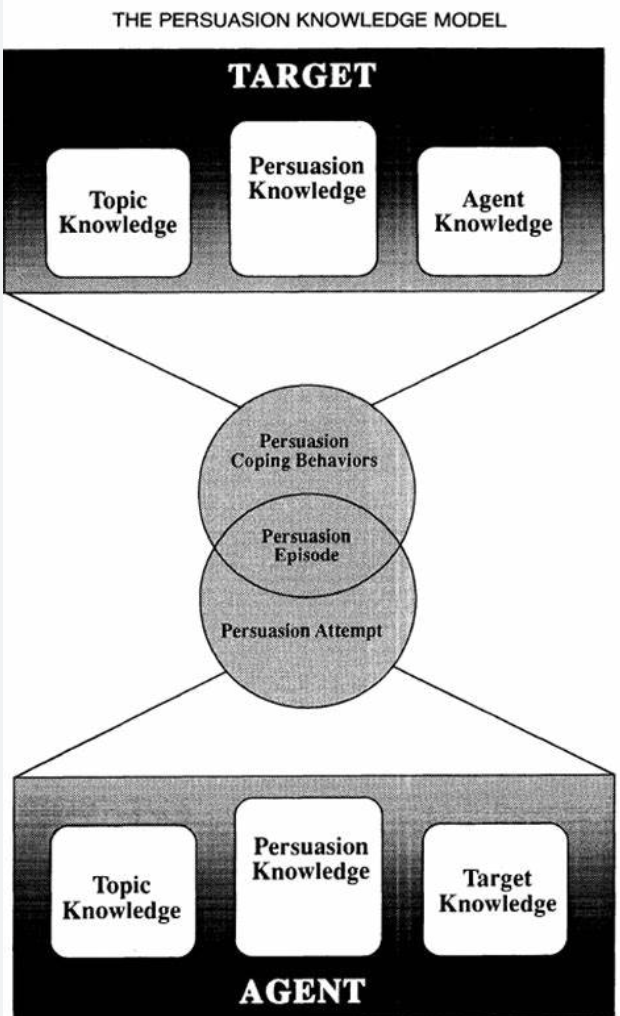Basket abandonment emails sell!
The Journal of Interactive Marketing published an article on the effect of basket abandonment emails and how they correlate to customers going to purchase the items. They found that insights from the persuasion knowledge model (Friestad and Wright 1994) and using an advertisement wear-out method can be used as an explanation for why basket abandonment emails are such a persuasive and successful way of marketing items that customers have had an interest in. However, other things also affect the likelihood of customers purchasing due to basket abandonment emails. These include but are not limited to the time of day the email is sent, how soon after the abandonment and the time of the month sent.
In 2021 there was expected to be 19.5% of the total worldwide retail sales were performed online. The increase in the e-tail industry has resulted in a greater need for email marketing, which has come to be a staple in generating sales leads. Over 69% of all businesses use email marketing as a daily tool.
Persuasion knowledge
Persuasion knowledge is an important tactic when it comes to email marketing. With the aim to influence a customer’s actions, and drive awareness to the product. This is why companies use dynamic content to deliver products the customer has been looking at. However, this can come across as the company trying to persuade the customer into buying the product which in some cases can be detrimental. It has been found that when the message is more subtle in a Customer Relationship Management email (CRM) the customer is more likely to trust the company and is therefore more likely to purchase the product. As the email hasn’t been sent with the obvious message to buy that product. From this, it has been determined that emails with discounts for the product or just in general provide good persuasive knowledge and increase the sales of said product.
Therefore, an explicit sales intent email is likely to achieve less success than an email that has the sales message interwoven into it. Similarly, it has been found that emails with a low level of persuasive knowledge may work at the start. However as time goes on these emails become less effective, whereas those with a high level of persuasive knowledge have a non-monotonic effectiveness.
Performance response
With that being said, the readers that opt in to specific content respond better to that specific content than those not opted in. However, once the content strays from what they opted into there is no difference in those who either opted in or out of that content.
Although basket abandonment is a beneficial way to drive sales of the product, to be able to send these emails the company has to go through extra tracking and identifying measures to be able to perform this. This has been shown to evoke a somewhat negative reaction from some customers as they question their privacy. So even though a customer has the product in their basket shows a high level of interest, a basket abandonment email could still have a negative effect and cause them not to purchase the product. For basket abandonment emails it has been found that a more explicit and direct message is the most likely way to convert into a sale.
CRM emails or basket abandonment or both?
This is a contradictory finding between CRM emails and basket abandonment emails. Whilst CRM emails are shown to provide an increase in the spending amount of a customer, converting the customer’s shopping cart into an email has been shown to allow for more effective results in the long term when combining both and using them as a dual email strategy. This allows for the CRM emails not to be as frequent. The frequency of the CRM emails can affect a customer’s intention to buy as a higher frequency has been seen to get annoying and put customers off.
Looking at opt-in messages that vary from what the customer has specifically opted in for have been found to have varying results. Those who opt in are shown to have a more amenable attitude towards ongoing communication with the company. However when the emails stray too far from what they originally opted in to the click-through rate drops. It has also been found that the spending amount for customers that opt-in and receive CRM emails are higher than for those who do not receive these emails.
Targeted CRM emails
The spending amount increases even more when the CRM emails have a relation to the specific area the customer opted into. Adding promotional emails into the mix, to serve as a reminder to the customer rather than a tool used for price reduction has been shown to have a beneficial effect on reducing basket abandonment and increasing sales.
Overall, it has been found that the use of email marketing as a tool for strategic persuasion is very beneficial and if it is done right can produce great results. However, if not done properly the effect it can have can be detrimental in the fact of converting sales and lowering the click-through rate.


